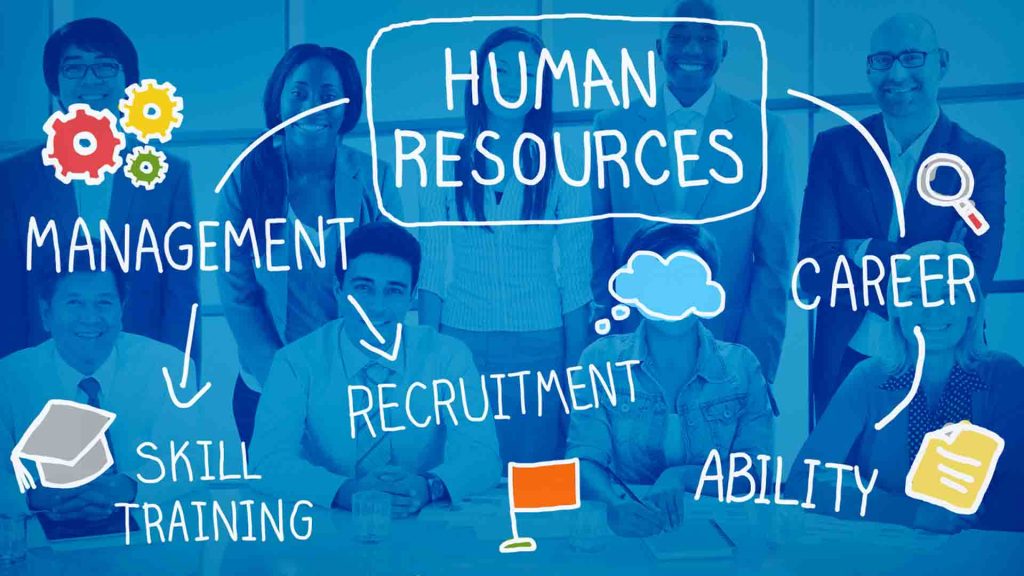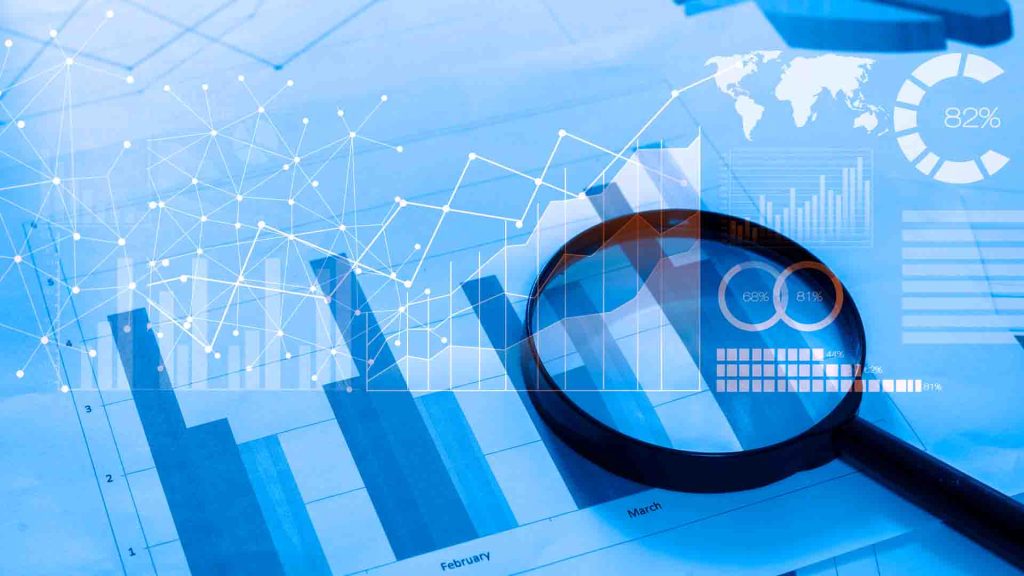Table of Contents
Analytics that takes the guesswork out, helping HR become subject matter experts trusted by the C-suite
Human resource professionals turn to HR analytics to find out what’s going on in their workforce and how best to use their resources.
HR analytics is the data HR department gathers to analyse and understand their company’s workforce.
It includes everything from ROI, project allocations, hiring, headcount, salaries, role-based allocations, work location (e.g., in-office or remote), onboarding, hiring, employee engagement, diversity and inclusion, learning and development and more.

HR teams use HR analytics for three important reasons.
- Understand their workforce.
- Efficiently deploy resources.
- Plan for the future.
Questions human resource analytics can help answer
HR analytics can help answer questions like –
- How can we speed up our hiring process?
- Who should we promote?
- When is the right time to promote someone?
- How can we make our workforce more diverse and inclusive?

1. Recruitment
- Recruiters can use HR tech and skills data to write better job postings that attract the right people.
- HR analytics can also help recruiters know where they should be recruiting for any given job. This could include salary, supply, demand, competition, turnover rates, diversity, and more – all for any given region.
- HR analytics can help recruiters narrow down their list of universities to visit or partner with so they only spend time and resources recruiting from the most productive schools.
- HR analytics helps HR teams determine where they should post their open job openings.
- Finally, recruiters and hiring managers can use HR analytics to evaluate the quality of their hires.
2. Time-to-hire

- HR analytics can track the entire time-to-hire workflow, which includes identifying the backlogs (like challenges with scheduling interviews with busy hiring managers) and developing a solution.
- HR analytics help keep the hiring process smooth and informed.
- Often companies set up automated emails to keep candidates engaged through the hiring process. HR analytics can help inform the timing of those emails.
3. Retention and turnover patterns
With HRIS tools, HR teams can track the movement of every employee in their organization.
Using HR analytics (paired with exit interviews), HR teams can assess patterns to identify the drivers of turnover. HR analytics can help HR teams identify problems and intervene accordingly.
4. Performance and skill-building

- Most companies have a performance review system. HR teams can use these reviews to track which employees are performing well and which ones are not. Those not performing well, can help HR learn why.
- Performance reviews are also an opportunity for the company to learn about their employees’ goals. Many companies use talent management systems to offer learning and development resources.
- Companies that analyse and provide resources for employees to develop more skills will have better retention rates. Plus, analytics can help with succession planning. Who might be ready for management? When a long-time employee retires, who can take their place? HR analytics aids HR teams plan for these big changes ahead.
5. Employee onboarding
HR analytics can facilitate onboarding with the help of organizational network analysis.
ONA helps HR teams track who the go-to people are in each department and at every level of management.
That way, HR knows who to connect new employees with to streamline their onboarding and learning process.
This is done via two methods.
One, there is a network analysis survey. Employees answer questions regarding who they talk with most often, who they’ve met, who their go-to people are, etc. HR then creates a network map based on those answers.
Second, HR teams track employee calendars to see who they’re meeting with and how frequently.
6. Diversity and inclusion
According to a 2018 McKinsey report, not only is building a diverse team the right thing to do, but it’s also the profitable thing to do.
- HR teams use HR analytics to track diversity data to keep a track of how many women and minorities apply for jobs at their company, get interviewed, and get hired.
- HR analytics can help HR teams make all processes, assessments, and systems as inclusive as possible, whether it’s identifying implicit biases in the hiring process or erasing any pay inequality.
- HR analytics can help HR flag job codes that are typically underrepresented by minorities.
Understanding how HR analytics works

1. Collecting data
Now that we’ve talked about the different ways HR analytics can help HR, let’s understand each step of the data collection and analysis process.
HR teams mostly collect data is collected via three sources.
(i) Human resource information system (HRIS) –
The HRIS stores data on a company’s employees, including their name, age, address, salary, benefits, attendance, performance reviews, and more.
It also usually houses the applicant tracking system (ATS).
An ATS houses all candidate data, including their applications, resumes, cover letters, interview notes, and feedback from team members.
(ii) Human capital management (HCM) –
An HCM solution includes everything in the HRIS, plus onboarding, performance, position, salary/bonus planning, rewards systems, etc.
The HCM also includes data regarding employee skills, goals, professional development, etc.
(iii) Human resources management system (HRMS) –
The HRMS stores everything in the HRIS and HCM, along with payroll and time and labour tracking.
2. Data analytics via visualisation tools
Our human brain is wired to process information visually, making visualization one of the best ways to understand data. With so much HR and Talent data at our disposal, its essential that we come up with ways to filter the volume into manageable and meaningful pieces of information.
HR is expected to report on the people data in a way that matters to the business. Data visualisation for HR data has the power to change the dynamic in the boardroom and result in a faster path to material business decisions.
Is HR analytics really worth the investment?
When used effectively, HR analytics can provide the insights companies need to tackle difficult challenges such as lack of diversity, high turnover rate and so on.
Data eliminates the guesswork out of HR, enabling HR to become subject matter experts trusted by the C–suite.
Ready to transform into a proactive HR department? You will need a top-class HR analytics dashboard that brings all your people data to one place. Schedule a demo to find out how Data Semantics can help you do this for you.
[wd_hustle id=”8″ type=”embedded”/]
















